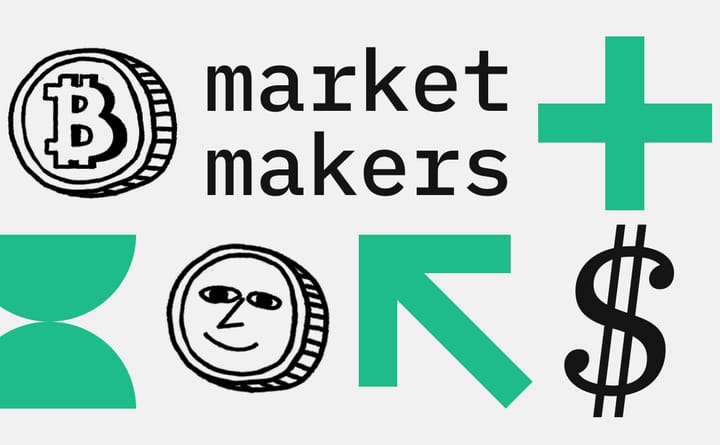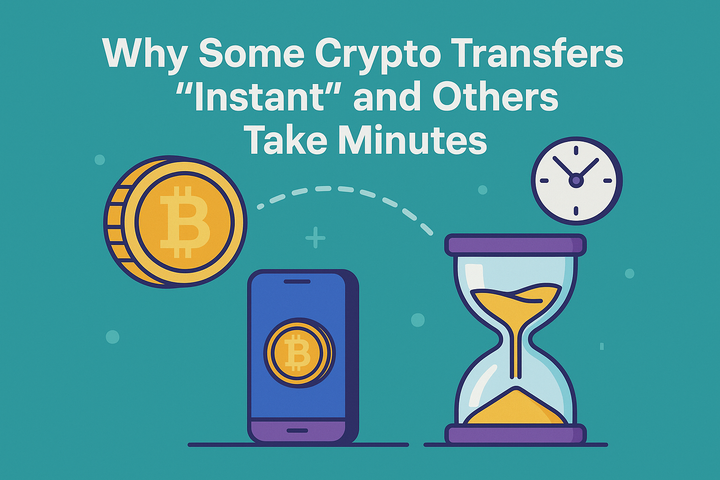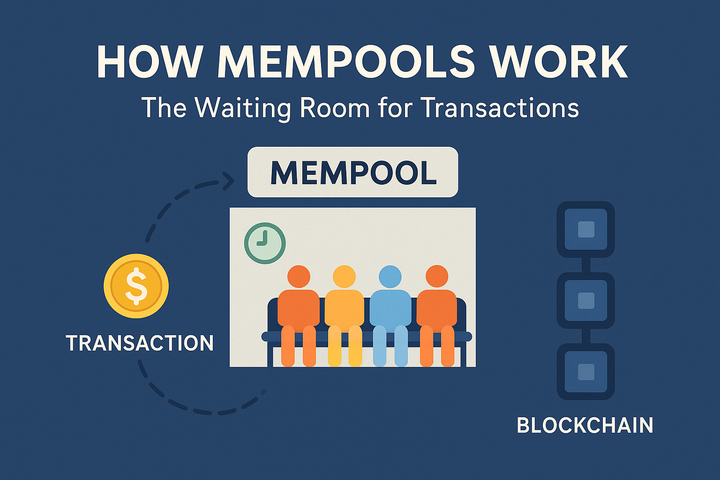SocialFi Meets Liquidity: Integrating EOL with Lens Chain’s Governance Model

Summary
Lens Chain’s launch with Avail DA and on-chain social primitives marks a major milestone for SocialFi, delivering gasless transactions, modular social building blocks, and decentralized storage at Web2 scale Avail Blog. At the same time, Mitosis’s Ecosystem-Owned Liquidity (EOL)—a framework that pools and allocates liquidity under community governance—offers a blueprint for powering yield distribution and governance on SocialFi platforms . By marrying Lens Chain’s decentralized social graph with Mitosis’s liquidity orchestration, communities can vote not just on content or features, but on actual capital deployments—unlocking new interactive, incentive-aligned SocialFi experiences. This article will unpack the building blocks, propose integration patterns, and highlight potential use cases, all while linking you to Mitosis University’s Glossary and relevant deep dives.
Introduction
Imagine a social network where likes, shares, and comments aren’t just vanity metrics—they’re on-chain actions that earn you yield, voting power, and influence over a communal treasury. That’s the promise of SocialFi, and Lens Chain—with its Avail DA-powered data layer, gasless UX, and modular social primitives—is primed to deliver it at scale Lens. Yet to fully realize community-driven finance within social apps, you need a robust liquidity layer that can be directed by collective decision-making. Enter Mitosis’s EOL: a protocol-level mechanism for pooling liquidity and letting users govern where yield goes. In this post, you’ll learn:
- What makes Lens Chain a SocialFi powerhouse
- How EOL structures community-owned liquidity
- Integration patterns: voting pools, yield farms, and treasury proposals
- Use cases: creator funds, event sponsorships, and curation markets
- Next steps and further reading on Mitosis University
Ready? Let’s dive in.
1. Lens Chain: The New Hub for On-Chain Social
1.1 Avail DA + ZKSync for Scale & Security
Lens Chain leverages Avail DA as its data-availability layer and ZKSync for settlement, combining Ethereum-level security with sub-cent gas fees and near-instant finality Blockworks. This validium-style chain offloads heavy social-graph writes (profiles, follows, posts) to Grove storage nodes—ensuring everything is on-chain but cost-efficient Avail Blog.
1.2 Modular Social Primitives
At its core, Lens Chain exposes on-chain building blocks for social: Accounts, Profiles, Follows, Publications, and more. Developers can compose these “Lego pieces” to build newsfeeds, group chats, or paid content feeds—all with gasless UX and native ownership models Lens. For a primer on these terms, check out our Glossary: Social Primitives.
1.3 Governance-First Mindset
Lens Chain’s governance isn’t an afterthought. The protocol envisions token-weighted decision-making over everything from fee parameters to feature upgrades. But what if liquidity itself could be governed as part of that model? That’s where Mitosis comes in.
2. Mitosis EOL: Community-Owned Liquidity Explained
2.1 What Is Ecosystem-Owned Liquidity?
Mitosis’s EOL pools user deposits (e.g., cmeth, weETH, miweETH) into shared liquidity reserves. Instead of fragmented vaults, you have a unified pot whose deployment—be it to yield farms, cross-chain bridges, or new protocols—is decided by token-weighted or reputation-based votes .
2.2 Governance & Incentives
Participants earn MITO Points for staking assets into EOL pools. These points grant governance rights over where liquidity goes, and share in the generated yields. The result: a flywheel where more assets attract more yield opportunities, which in turn attract more participants.
2.3 Key EOL Mechanisms
- Staking Pools: Deposit tokens into thematic pools (e.g., “Ethereum yield”, “Cross-chain yield”).
- Proposal System: Token holders submit and vote on liquidity deployment proposals.
- Reward Distribution: Yields from farms or lending protocols flow back into the pool, then are pro-rata distributed to stakers.
For a deep dive, see our EOL Technical Guide.
3. Integrating EOL with Lens Chain Governance
3.1 On-Chain Votes for Liquidity Allocation
Imagine a Lens DAO that, every week, proposes how much of its treasury to allocate to EOL’s “Creator Grant Pool.” Token holders discuss in the Lens feed, cast votes via Lens Protocol’s on-chain voting module, and once approved, Mitosis’s EOL automatically routes capital to a yield farm—earning returns that flow back into the Lens DAO treasury Crypto Wallet for NFTs & DeFi - Zerion.
Interactive Prompt: What yield farms would your community prioritize? Drop a comment on your favorite Lens app!
3.2 SocialPrimitives × EOL Proposals
Lens’s Group primitives can host proposal discussions, while Action primitives can trigger off-chain execution. EOL’s multisig module listens for “Allocate 10 000 cmeth to Polygon USDC pool” actions, signs the transaction, and updates the pool balance—fully on-chain and transparent.
3.3 Gasless UX & Stablecoin Payments
Since Lens Chain uses Aave’s GHO stablecoin for gas and supports account abstraction, submitting EOL proposals can be made frictionless. Users won’t need to hold ETH; small governance interactions can be subsidized by the DAO treasury.
4. Real-World Use Cases
4.1 Creator Revenue Sharing Pools
Creators launch subscription pods on Lens. Fans deposit stablecoins into an EOL pool labeled “Creator X Rewards.” Yield accrues over time, and at month’s end, holders redeem their share—effectively turning passive follows into revenue-generating stakes Crypto Wallet for NFTs & DeFi - Zerion.
4.2 Event Sponsorship Funds
Organizers propose live-stream community events. The Lens feed hosts a vote: “Allocate 5 000 cmeth to sponsor Hackathon A.” Once approved via EOL governance, funds are disbursed on-chain to the event’s treasury, automating sponsor rewards.
4.3 Curation & Content Bounties
Communities set bounties for high-quality articles or memes. Contributors stake cmeth into the “Curation Bounty Pool.” Moderators vote on winners; EOL releases yields to those addresses—merging content curation with DeFi incentives.
5. Future Outlook & Mitosis University Resources
Lens Chain and Mitosis EOL both emphasize modularity, user control, and interoperability. As SocialFi evolves, we expect:
- Cross-platform EOL Pools: Joint pools across Lens, Farcaster, and other social chains—governed by combined token holders Blockhead.
- Composable Governance: Lens DAOs voting on Mitosis protocol upgrades, bridging SocialFi and core DeFi communities.
- Enhanced Analytics: On-chain dashboards tracking EOL allocations per Lens profile—displayed via Grove nodes Crypto Reporter.
For more on these topics, explore:
Conclusion
By weaving Mitosis’s EOL into Lens Chain’s on-chain social primitive and governance fabric, communities can truly co-create the yield-driven economies of tomorrow. This fusion transforms SocialFi from token-giveaways into capital-efficient, participatory financial ecosystems—where every vote shifts real liquidity, and every like accrues yield.
🔍 Question for you: Which integration pattern excites you most—Creator Pools, Event Funds, or Curation Bounties? Let us know on Lens or in the Mitosis Discord!
Internal Links
- Liquidity TVL Glossary
- Expedition Boosts
- Straddle Vault
- Mitosis University
- Mitosis Blog.
- Mitosis Core: Liquidity Strategies.
Citations
- Lens Chain mainnet launch with Avail DA & ZKSync Avail Blog
- Lens uses Avail as DA layer (Validium) Blockworks
- How Avail powers SocialFi with Lens Chain Avail Blog
- Lens Chain modular social primitives Lens
- EOL overview and governance
- Lens Chain explained Guide to SocialFi L2 Crypto Wallet for NFTs & DeFi - Zerion
- Real-world SocialFi apps on Lens Chain Crypto Wallet for NFTs & DeFi - Zerion
- SocialFi protocol insights for Lens Chain mainnet Blockhead
- Avail modular DA for cross-chain communication Crypto Reporter
- Mitosis University Glossary (general reference)



Comments ()